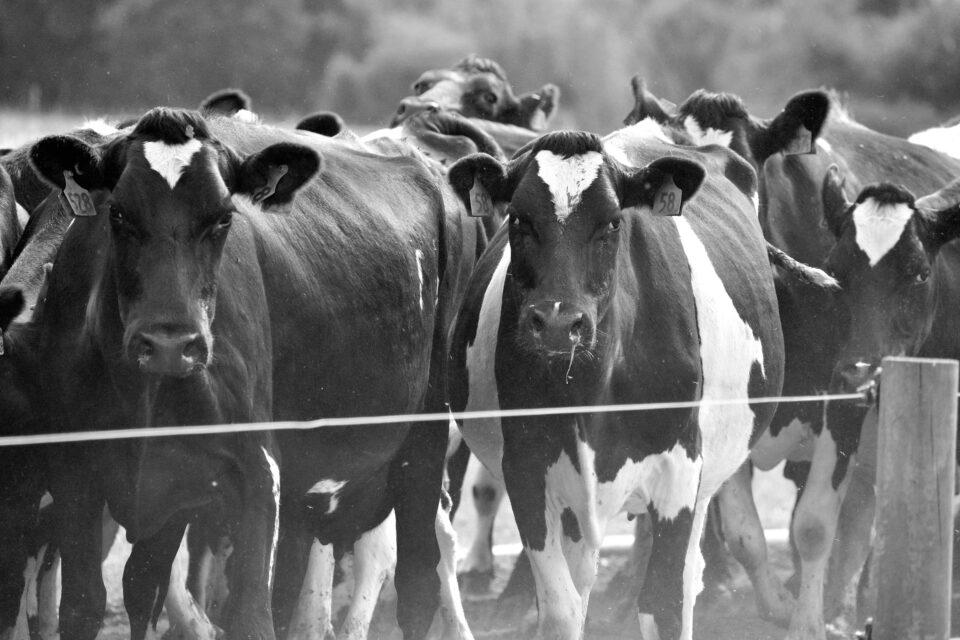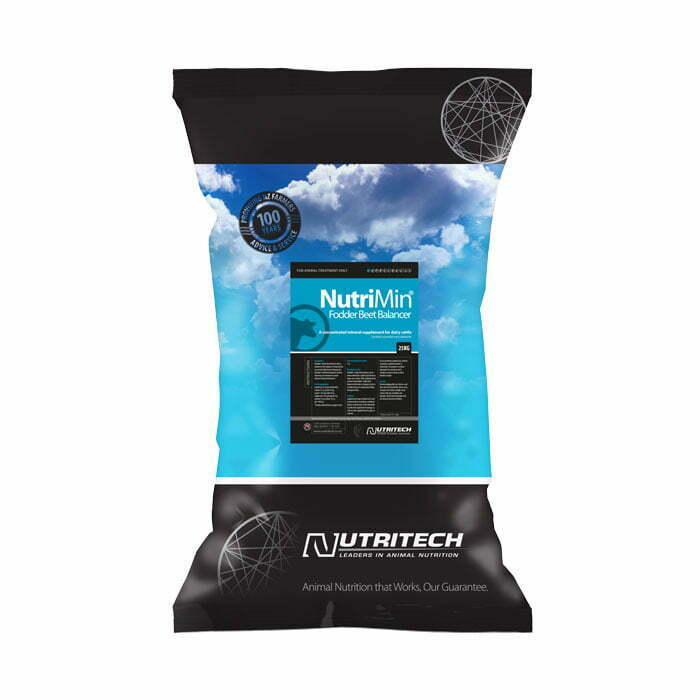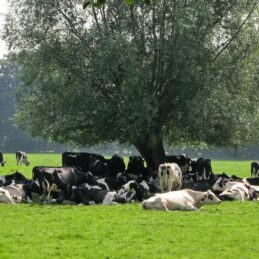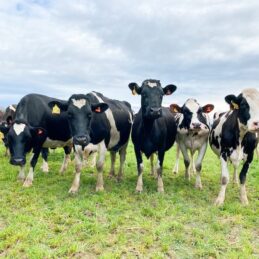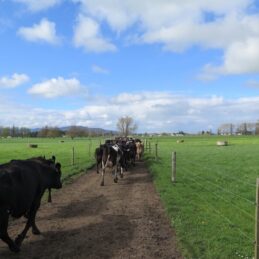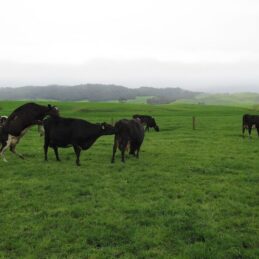Many dairy farmers have adopted an aggressive culling policy due to the low milk payment forecasts, to enable better feeding of home grown forages to remaining cows, and to reduce requirements for purchased feeds. This has reduced the size of their breeding herds, making it more important that remaining cows become, and stay pregnant to term.
Feeding and management of cows during the dry period, transition and early lactation have a big impact on fertilisation rates in dairy cows. However, a primary cause of empty cows is early embryonic death, due to changes in feeding and management regimes up to 100 days post-insemination. This is likely to be exacerbated this year due to dry conditions in the east and wet conditions in the west, from a forecast strong El Niño weather pattern, and pressure to cut costs in mid to late lactation.
Supplementary feed purchases will need to be more targeted and timely this year to accommodate financial, fertility, health, future and climatic challenges. Nutrient values of supplementary feeds need to be considered, rather than just price, as it is important to match nutrient supply with cow requirements. Key nutrients to consider are fibre, starches, sugars, protected fats, degradable and undegradable protein, minerals and vitamins.
Value is important when considering minerals, particularly trace minerals, as there may be a tendency to just source the cheapest, which may not provide the right balance or type of minerals. Advice should be sought from companies with the relevant nutritional experience and quality assurance accreditations, to ensure their products best suit herd requirements.
There will still be a need to provide specific trace minerals in the more available organic forms, such as copper, selenium, zinc, in the presence of antagonistic minerals like iron. Herbage analyses combined with use of a reputable feed rationing program will help ensure mineral mixes more closely match individual farm and herd requirements, which will prove more cost effective, than either a piecemeal or blanket approach.
As featured in NZ Dairy Farmer

